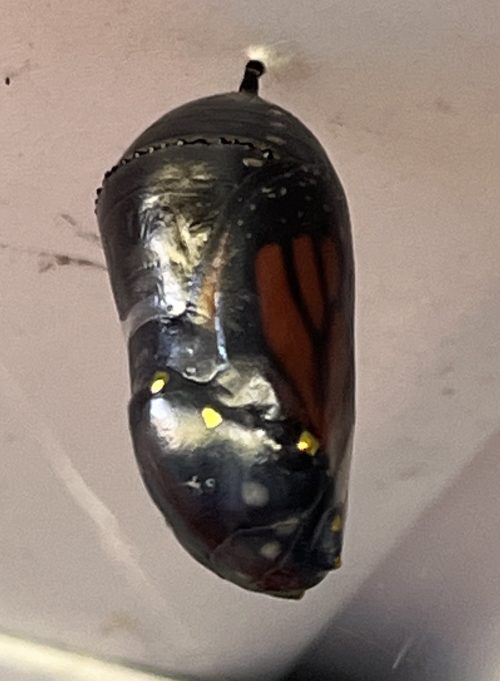I was supposed to get surgery on my knee for a torn meniscus tomorrow. I wasn’t looking forward to the surgery itself, but to getting everything back on the path to healing. It’s been three goddamn months!
Then, this past weekend, I had a blood vessel pop in my eye. I immediately went in to the eye clinic, and they confirmed that yes, I had a broken blood vessel, and then to my dismay the hospital went on full alert: this could be a symptom of stroke, so I got blood tests, an electrochardiogram, a CT scan, etc. It was a long day. In the end, everything was fine, no signs of a stroke, the hospital could stand down, everyone relax.
Yesterday, the orthopedist called to cancel my knee surgery. I’m at elevated risk of a stroke, you know, so they’re not going to risk it (I commend their caution). Surgery cancelled, they’ll re-evaluate in six months. Maybe in nine moths. I asked my doctor what I’m supposed to do in the meantime, and she said to take it easy and maintain and consult with PT.
I’ve been thoroughly housebound for 3 months already, and have been taking it easy and maintaining and I met with PT yesterday. I guess I’ll continue sitting in a wheelchair and occasionally hobbling about with the aid of a cane, then.
Unless I stroke out and die, which could happen.









